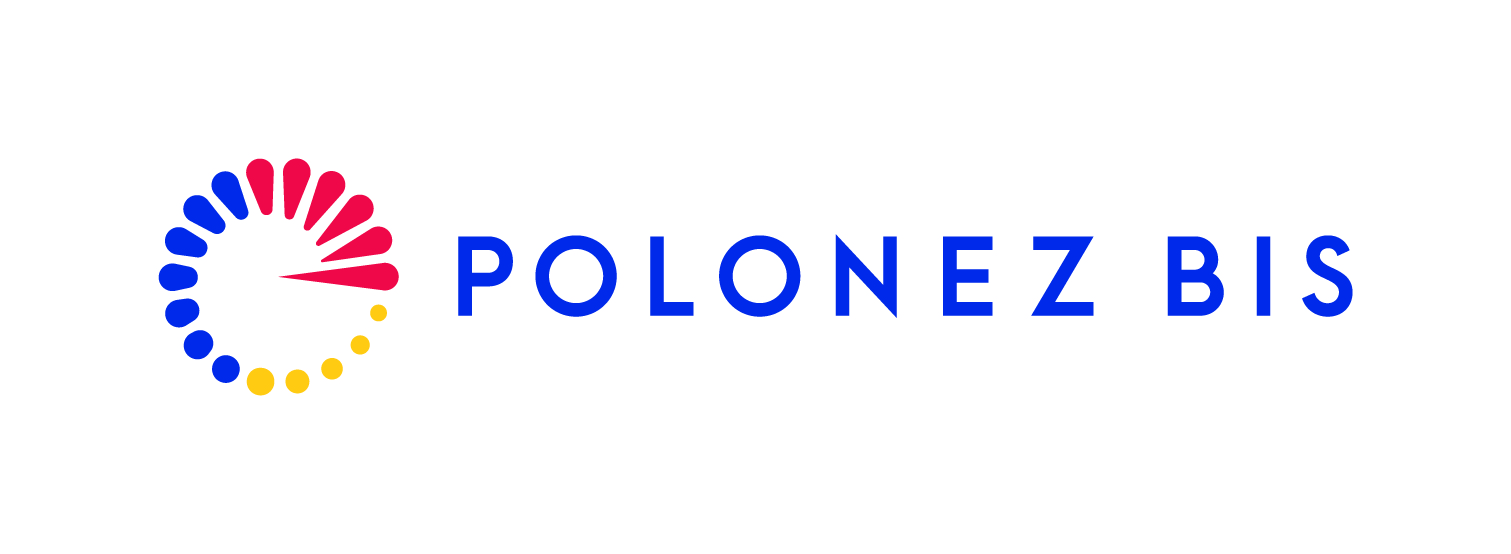CIQS
Correlation aspects of Interacting Quantum Systems in reduced dimensionality
General description
A commonly seen approach in physics is an idealised picture in which there is no interaction between a system’s constituents. Often this is a valid path towards understanding the main features of the system. However, to fully describe a situation and extract relevant information from it, it is often crucial to consider a more realistic picture, i.e., take into account that the particles can interact with each other. Systems where the particles included in it interact with each other very strongly due to being confined to narrow channels (so-called “one-dimensional” systems) are our main focus in this project. In fact this is a modern topic of ever increasing experimental interest as techniques become advanced enough to make more and more varieties of one-dimensional systems. More specifically, this project deals with one-dimensional ultra-cold atom systems which in real experiments combine the one-dimensional physics with quantum mechanical phenomena on macro- scopic observable scales. With modern techniques and ultracold temperatures it is relatively easy to confine the atoms and restrict their atoms motion to just one spatial dimension. When the atoms are effectively restricted to just one dimension they cannot avoid each other, or at least have a more difficult task in doing so. This leads to the amplification of many interesting physical phenomena that do not appear at all at noninteracting systems. The physical quantities that provide the most meaningful insights here are usually the correlation functions, which describe how microscopic quantities at different positions such as local density or the quantum phase are related to each other. In this project we will focus on the most fundamental case of a one-dimensional quantum gas composed of just one kind of particle, interacting at short ranges. The physics of these one-dimensional Bose gases has taken a prominent role in the field of ultracold atoms and various quantum technology applications in the last decade. In recent years, a mapping of this physics to one-dimensional behaviour of at interface boundaries of solid-state devices and in topologically nontrivial systems has also appeared. The relatively idealised case of a uniform density and negligible temperature it is described by the well-known Lieb-Liniger model, whose properties are well known by now. However, in real experiments this system has both a nonzero temperature and is held in place by an additional force that is needed to confine the gas in place. Both these aspects must be considered when describing the whole system, but modify the Lieb-Liniger model to one that is harder to deal with. To move the scientific understanding of these important systems forward, here we will investigate the influence of different confining potentials, their imperfections, and nonzero temperatures on the correlation functions and the Tan’s contact. The latter an essential quantity for understanding the interacting physics, for the Lieb-Liniger gas at finite temperatures. The scientific aim of the project is to disentangle the different contributions to the correlations found in one-dimensional Bose gases, and to provide a methodological platform on which future analytic investigations of these systems can be based.
Members
- Felipe Taha Sant’Ana
- Piotr Deuar
- Hui Liu
Headquarters
Institute of Physics PAS, al. Lotników 32/46, 02-668 Warszawa.
Contact details
Felipe Taha Sant’Ana: ftaha[at]ifpan[dot]edu[dot]pl
This research is part of the project No. 2021/43/P/ST2/02904 co-funded by the National Science Centre and the European Union Framework Programme for Research and Innovation Horizon 2020 under the Marie Skłodowska-Curie grant agreement no. 945339.


